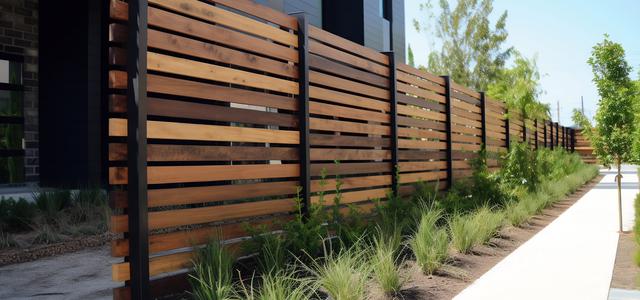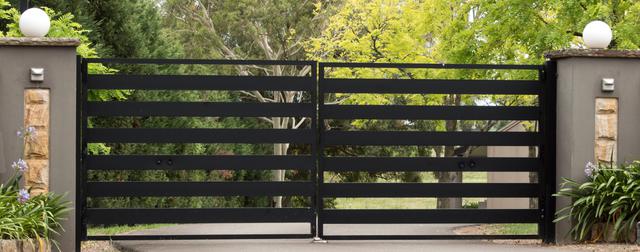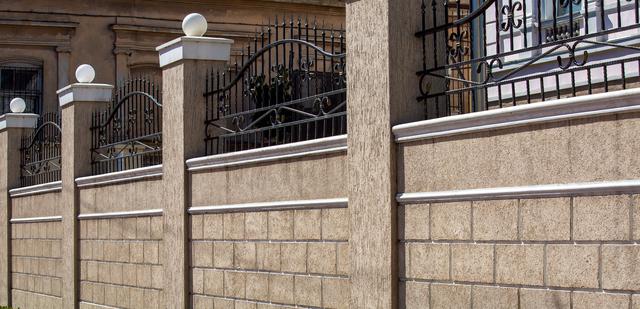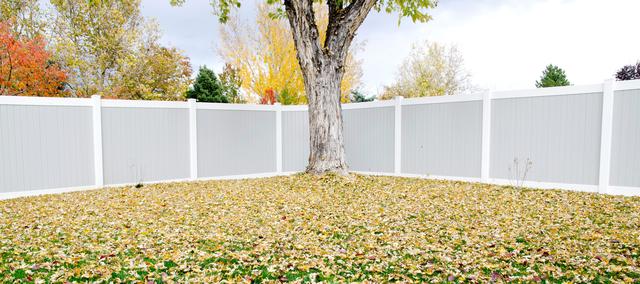If you're a homeowner planning to have a wood fence built around your property, there are several things you need to consider before starting the project. From the design and material to the cost and maintenance, there are numerous factors that can influence your decision-making. In this article, we'll discuss the top three things to consider when building a wood fence.
Design and Functionality
The design and functionality of your wood fence are crucial factors to consider. Firstly, you need to decide why you need a fence in the first place. Are you looking for privacy, security, or simply to add curb appeal to your home? Once you determine your purpose, you can choose the type of wood fence that will best suit your needs. For instance, a solid board fence is perfect for privacy, while a picket fence adds charm and can still provide some level of security.
Another consideration is the height of the fence. Local building codes often regulate fence heights, so it's important to check with your local authorities before building. You'll also need to consider any HOA regulations if applicable.
Lastly, think about the overall style and design of your home. Your fence should complement your home's architecture and style.
Cost
Cost is always an important consideration when embarking on any home improvement project. The cost of a wood fence can vary depending on several factors, such as the type of wood, the height, and the length of the fence. On average, the cost of building a wood fence ranges from $1,500 to $4,500. This estimate includes the cost of materials, labor, and installation.
However, keep in mind that the cost of a wood fence can increase if you have any special design requirements, such as ornate gates or custom finishes. Always get multiple quotes from reputable contractors to ensure you're getting a fair price for your project.
Maintenance
Wood fences require regular maintenance to keep them looking good and functioning properly. Maintenance requirements will depend on the type of wood and any special finishes you choose. For example, pressure-treated pine is more resistant to rot and decay but may require regular staining or painting to keep it looking its best.
Other types of wood, such as cedar and redwood, are naturally resistant to decay and require less maintenance. However, these types of wood are generally more expensive than pressure-treated pine.
Regardless of the type of wood you choose, regular maintenance tasks include cleaning, staining or painting, and checking for any damage or wear. Neglecting these tasks can lead to the deterioration of your fence, reducing its lifespan and requiring costly repairs or replacement.
Building a wood fence can be a great investment for your home, but it's important to consider the design, cost, and maintenance requirements before starting the project. By taking the time to plan and prepare, you'll ensure that your fence meets your needs and lasts for many years to come.






comments